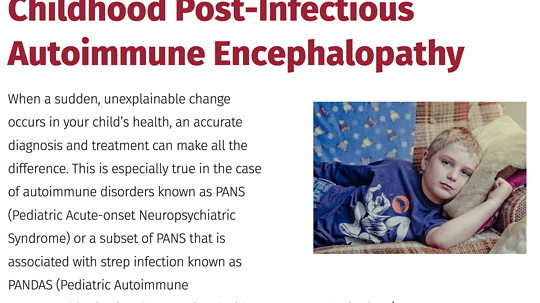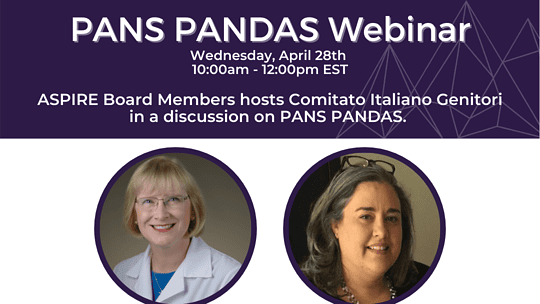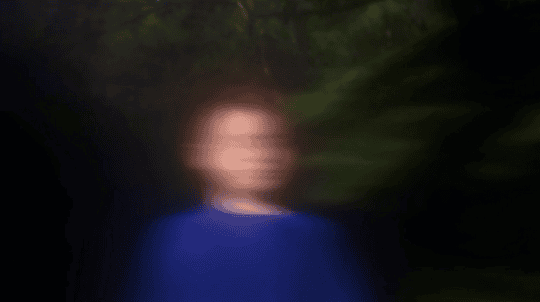
Flyer/Poster – PANS PANDAS Awareness Day – Symptom List
ASPIRE PANS PANDAS Awareness Day – Symptom List This ASPIRE PANS PANDAS Awareness poster is formatted to print a 14×11 poster. It can also print on regular 8.5×11 paper....

ASPIRE PANS PANDAS Awareness Day – Symptom List This ASPIRE PANS PANDAS Awareness poster is formatted to print a 14×11 poster. It can also print on regular 8.5×11 paper....

Development and Retention of Fine Motor and Handwriting Skills By Jennifer Leiman M.S. OTR/L PANS PANDAS can affect many aspects of daily functioning. One of the categories of the PANS...

My goal in the future is to take what I have learned about PANDAS and to help spread awareness about the disorder so that others can better navigate their own experiences with children who have...

My oldest child was diagnosed with PANDAS at 6 and a half years old after sudden onset. At the height of her symptoms, my youngest was turning 2. I noticed...

“The University of Arkansas for Medical Sciences-Arkansas Children’s Hospital (UAMS-ACH) Childhood Post-Infectious Autoimmune Encephalopathy (CPAE) clinic specializes in diagnosis and...

Provides detailed information on selecting remedies, choosing potencies, dosing, and case...

ASPIRE Board Members hosts Comitato Italiano Genitori in a discussion on PANS PANDAS Webinar: Wednesday, April 28th – 10:00am – 12:00pm EST Featuring ASPIRE Board Members: Susan Swedo, MD...

Rare Across America Congressional Meetings Make an impact on federal policy from close to your home. Share your rare disease story. Meet other rare disease advocates. ASPIRE joined several...

Amongst the speakers will be ASPIRE's Professional Advisory Board member, Nancy O’Hara, MD, MPH, FAAP, and her practice partner Lindsey Wells,...

I am proud of my journey. It made me the person I am today. I still have a while until recovery, but my progress is enough to motivate me to keep...

Timothy was 10 years old when his personality changed overnight. A concussion during a family ski trip in December 2016 left him unsteady on his feet, but that was just the first sign something was...

I’m sending out gift bags to other kids because I want to help make their experience during IVIg day a little better. If you know of someone getting IVIg, please contact me so that I can send them...